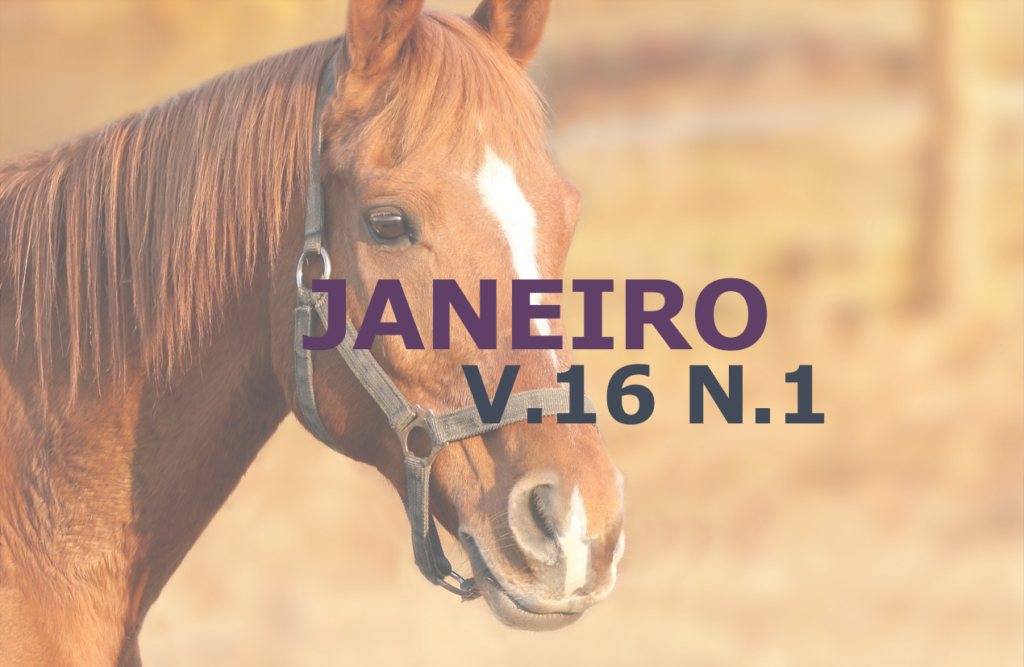Effect of the use of essential oils on the performance of confined beef cattle
DOI:
https://doi.org/10.31533/pubvet.v16n01a1003.1-7Keywords:
Feed-lot, ionophore antibiotics, resistanceAbstract
Ionophores are compounds widely used in the composition of ruminant diets, with the objective of reducing dry matter intake and increasing feed efficiency, hindering the development of ruminal acidosis and generating better use of nutrients, mainly by acting on gram-positive bacteria. However, this use is a concern due to the emergence of bacterial resistance to antibiotics, which is reflected in human medicine. Amid the situation, there are studies with essential oils (EOs) that seek the replacement of antibiotics, promoting similar effects, due to their antimicrobial properties, similar to the functions of ionophores. The objective of this work was to analyze the results of the comparison between the two additives in the diet. The effect of EOs varies according to their source, and may cause different impacts on the animal's food consumption, but studies concluded that regardless of dosage and source, oils cause a positive result in average daily gain (GMD), leading to feed efficiency (EA) not to be impacted by the increased consumption of dry matter (DMC). Putting EOs in place of monensin, the observation of the increase in CMS is maintained, but no changes are observed in the GMD, an increase in the incidence of liver abscesses is also noted, which creates the need for further studies for understanding. The supply of EOs in food will have repercussions similar to monensin (the main ionophore used), but with a higher CMS.
Downloads
Published
Issue
Section
License
Copyright (c) 2022 Guilherme Lobato Menezes, Alan Figueiredo de Oliveira, Pamella Grossi de Sousa, Frederico Patrus Ananias de Assis Pires, Rafael Araújo de Menezes, Eduarda Chaves de Oliveira, Ana Eliza da Silva, Lúcio Carlos Gonçalves, Diogo Gonzaga Jayme

This work is licensed under a Creative Commons Attribution 4.0 International License.
Você tem o direito de:
Compartilhar — copiar e redistribuir o material em qualquer suporte ou formato
Adaptar — remixar, transformar, e criar a partir do material para qualquer fim, mesmo que comercial.
O licenciante não pode revogar estes direitos desde que você respeite os termos da licença. De acordo com os termos seguintes:
Atribuição
— Você deve dar o crédito apropriado, prover um link para a licença e indicar se mudanças foram feitas. Você deve fazê-lo em qualquer circunstância razoável, mas de nenhuma maneira que sugira que o licenciante apoia você ou o seu uso. Sem restrições adicionais
— Você não pode aplicar termos jurídicos ou medidas de caráter tecnológico que restrinjam legalmente outros de fazerem algo que a licença permita.





